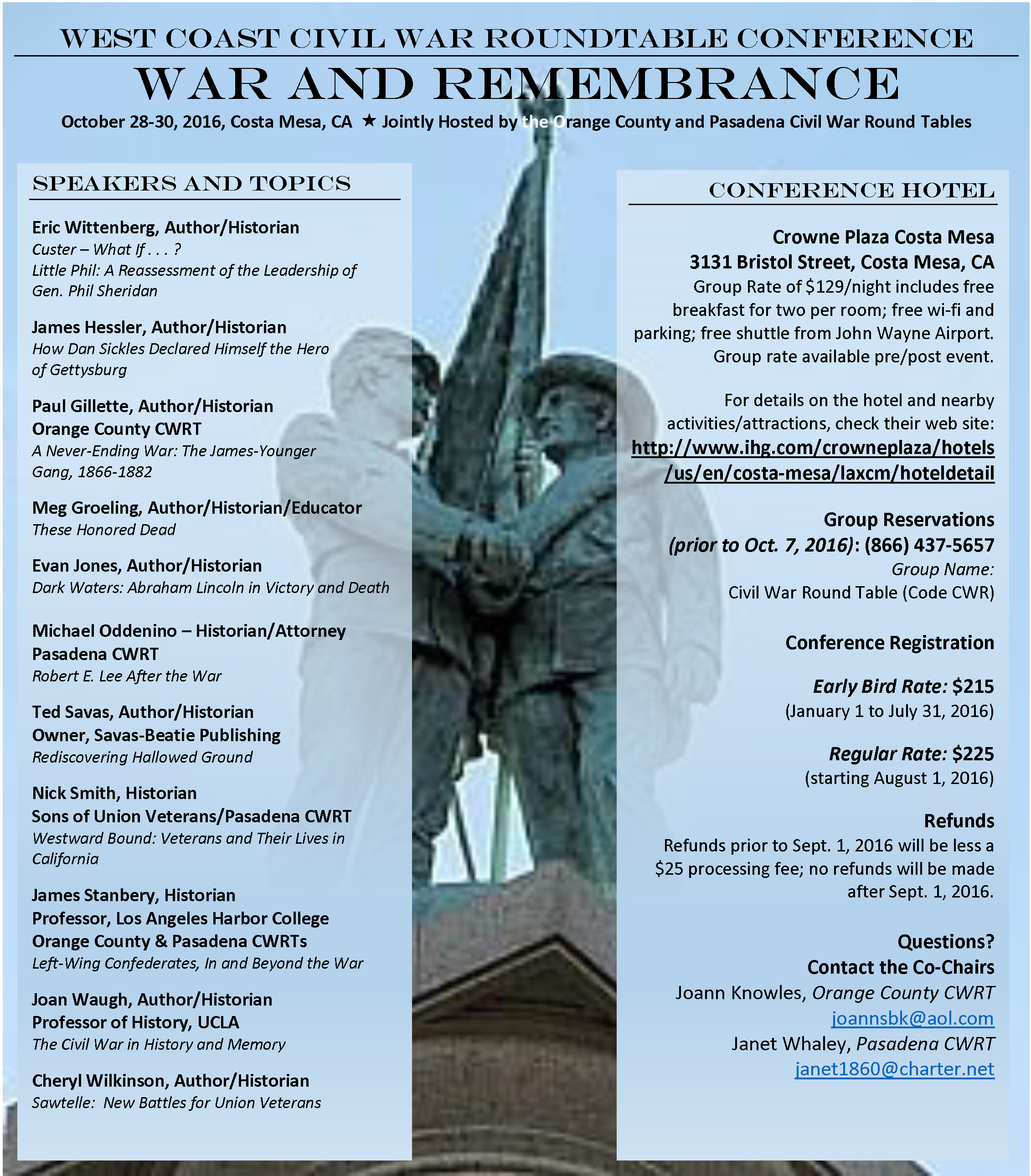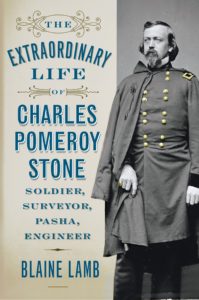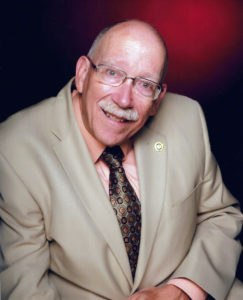Rene Accornero presents “Civilians and the Battle of Gettysburg” Video
In this C-Span DVD, Tim Smith discusses the frequently overlooked story of the role and impact of the Battle of Gettysburg on the local civilian population. The video includes a brief history of the town of Gettysburg and how its location was pivotal to why the battle was fought there.
Tim’s discussion includes testimonials from civilians describing their actual experiences before, during, and after the battle. Letters and diary entries serve as the sources for much of the description of the impact on the Gettysburg civilians. The presenter describes in detail how civilians were tasked with a number of overwhelming responsibilities such as assisting in the care of over 20,000 wounded soldiers, the disposal of thousands of dead horses, and the removal of the massive amount of wreckage of military armaments.
Tim Smith is a native of Baltimore, Maryland, and has been a Licensed Battlefield Guide at Gettysburg National Military Park since 1992. Tim is the Research Historian for the Adams County Historical Society, and has written numerous articles, booklets, and books about the Gettysburg area including co-authoring the book Devil’s Den, A History and Guide. The DVD is about 45 minutes in length.




